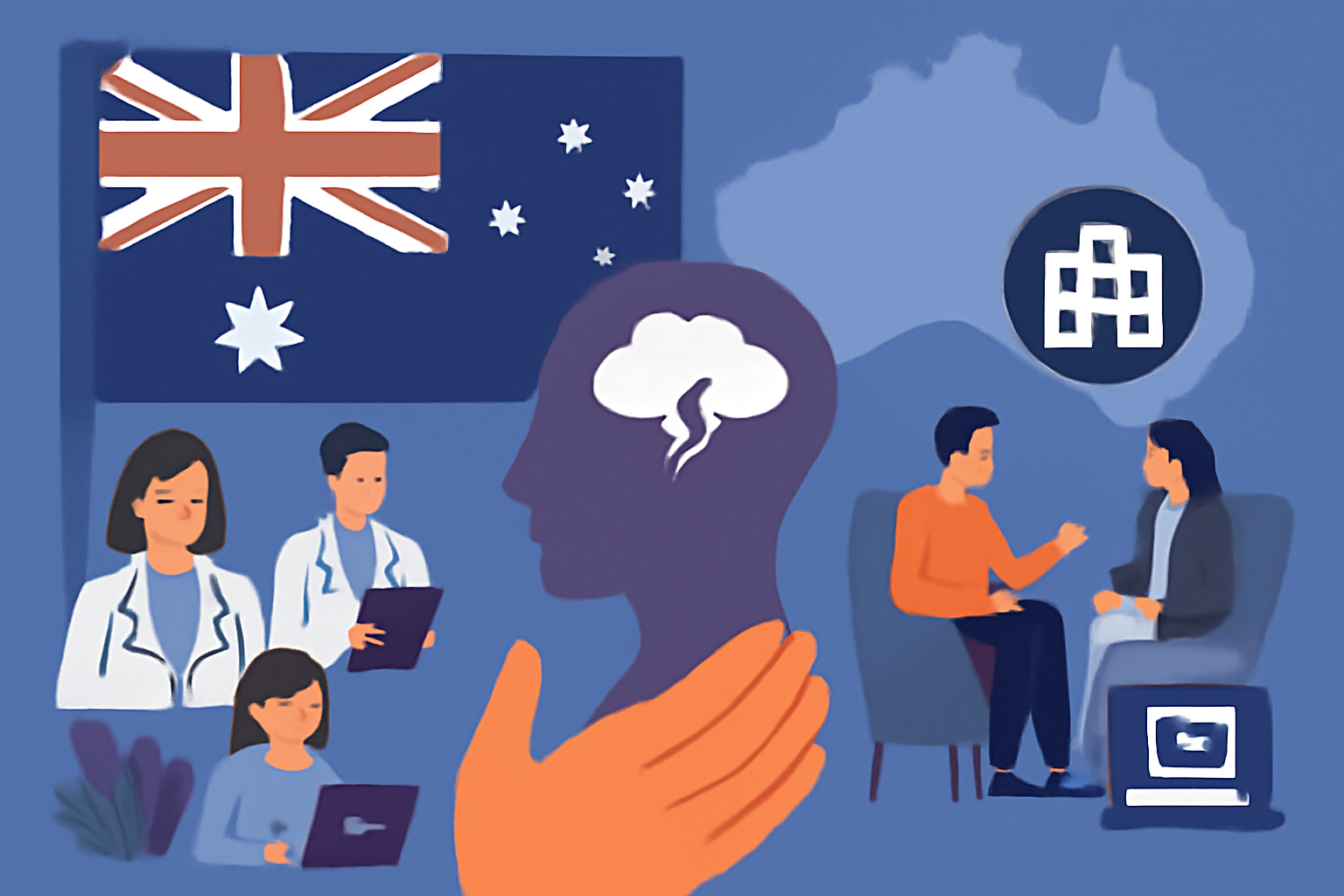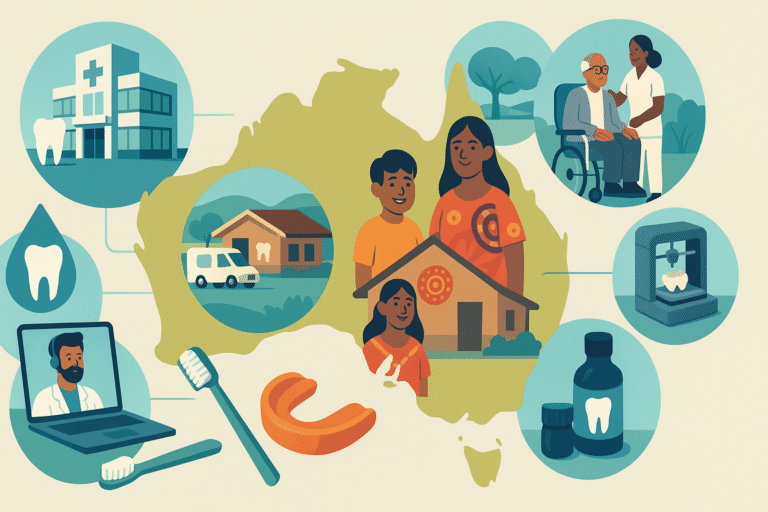Mental health care in Australia has seen significant growth in recent years, adapting to the increasing demand for services due to psychological crises. Mental health issues are among the leading causes of disability in Australia, with one in five Australians experiencing some form of mental illness annually. This crisis is further exacerbated by challenges such as long waiting times for treatment, a shortage of mental health professionals, and a lack of resources in rural areas.
Australia’s healthcare system has taken significant steps to address these concerns through a combination of public health initiatives, legislative reforms, and technological advancements in mental health care delivery. The country’s government has made strides with various funding programs such as the National Mental Health Strategy and the National Suicide Prevention Strategy, aimed at improving mental health services, reducing suicide rates, and ensuring that individuals have access to care when they need it most.
A major development in Australia’s mental health services has been the establishment of 24/7 helplines such as Lifeline, Beyond Blue, and Kids Helpline. These services provide immediate emotional support for those in crisis, offering guidance and referrals to appropriate professional care. Additionally, government-funded programs like Headspace offer targeted support for younger Australians, helping with issues ranging from anxiety and depression to self-harm and eating disorders.
Moreover, Australia’s healthcare system has increasingly emphasized the integration of mental health services with general healthcare practices. GPs and general health professionals are now often the first point of contact for individuals seeking help with mental health issues. The Mental Health Care Plan is an example of this integration, allowing GPs to refer patients for mental health services and therapy under Medicare.
However, despite these advancements, barriers to access remain, particularly for individuals in remote areas and marginalized communities. The government has begun addressing this by investing in digital mental health solutions. Telehealth services have seen exponential growth, especially in the wake of the COVID-19 pandemic, ensuring that individuals in underserved regions can still access psychological care from the comfort of their homes.
In addition, the rising awareness of mental health issues in Australia has paved the way for more supportive public attitudes and a greater understanding of mental illness. Public awareness campaigns aimed at reducing the stigma surrounding mental health and encouraging early intervention have contributed to more people seeking help when necessary.
While Australia’s mental health services have evolved to meet the growing demand, ongoing challenges remain. Continued investment in mental health infrastructure, training of healthcare professionals, and public education is critical for ensuring the effectiveness of these services and for fostering a mental health care system that is accessible to all Australians.








